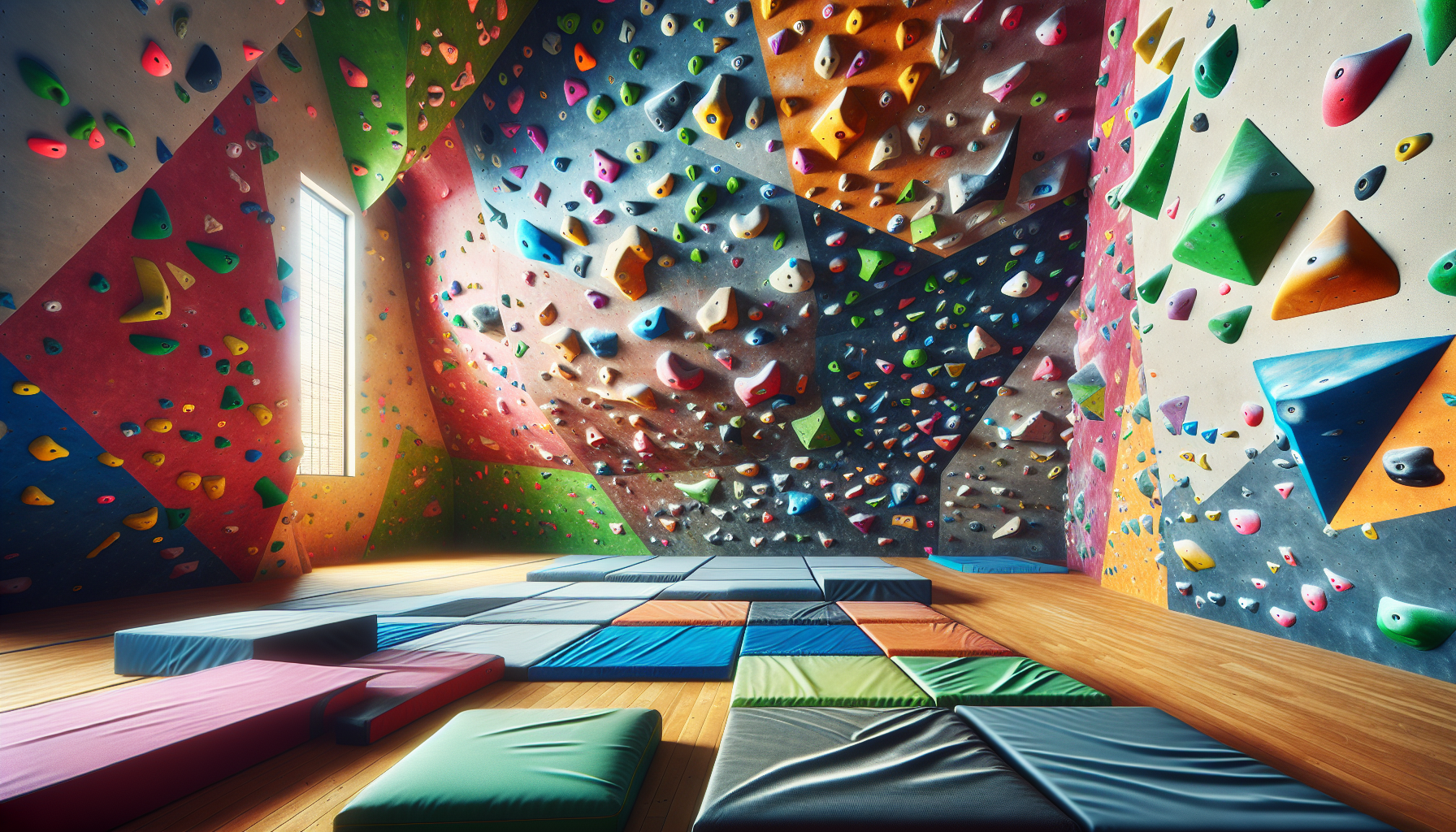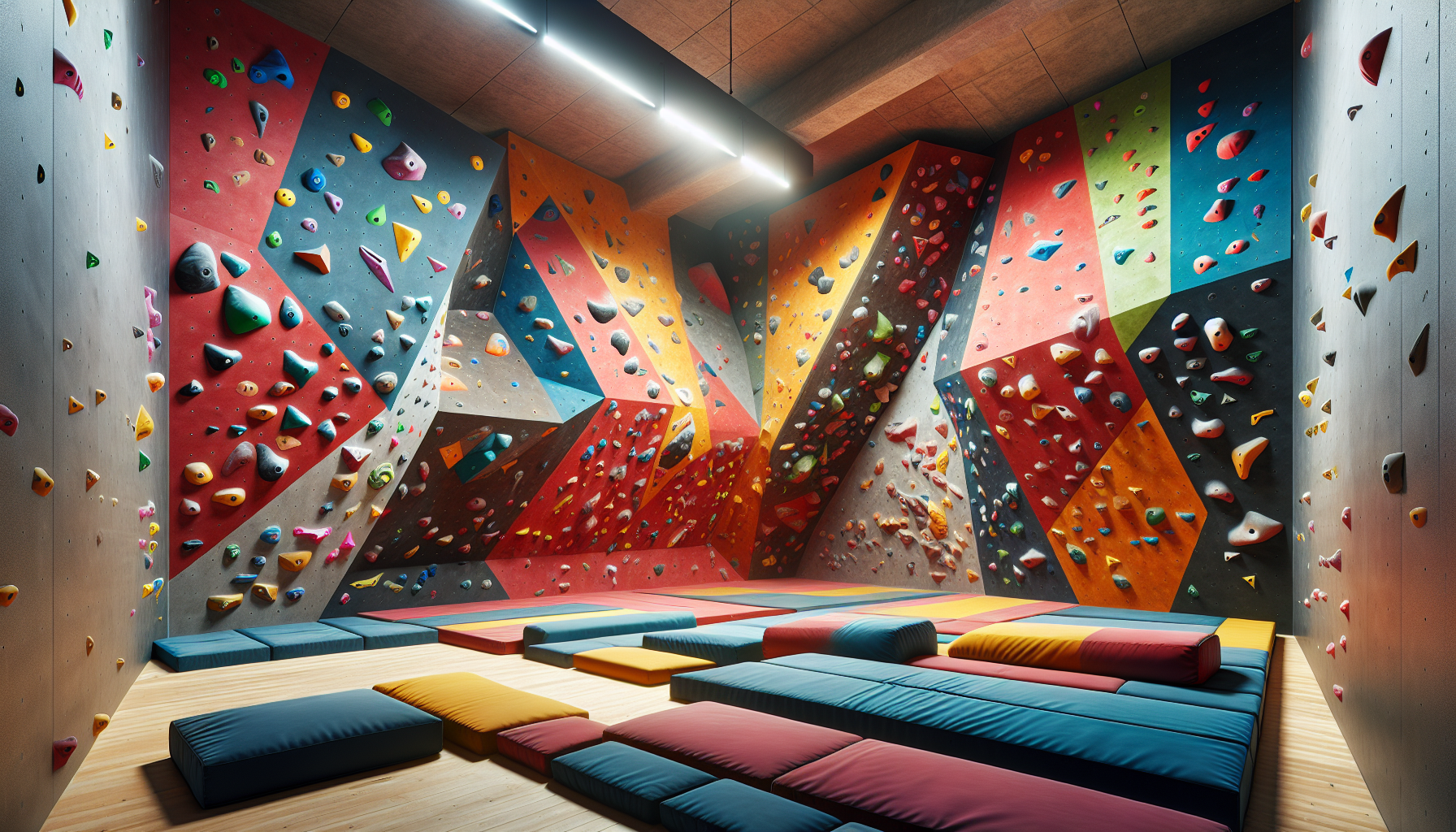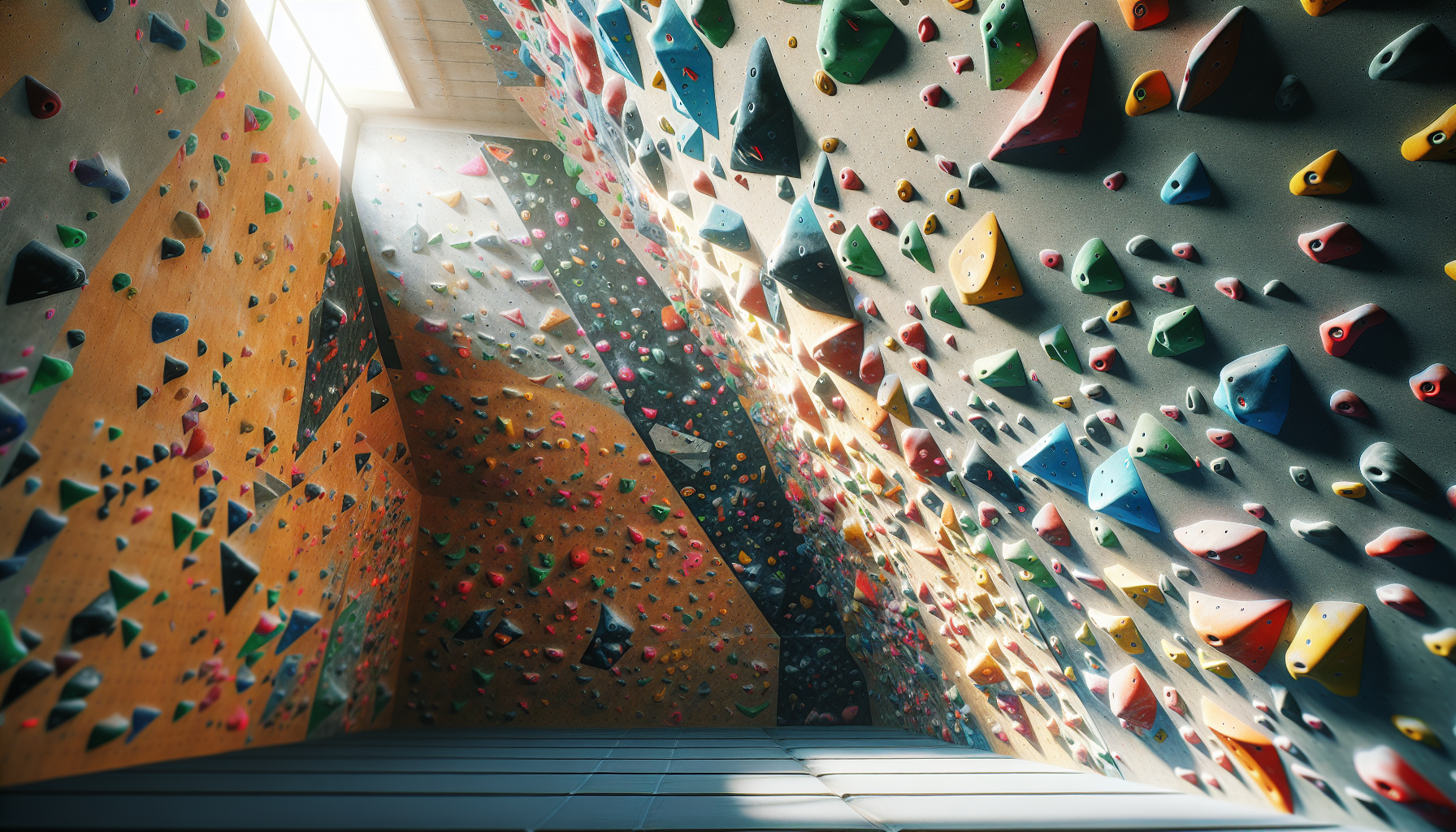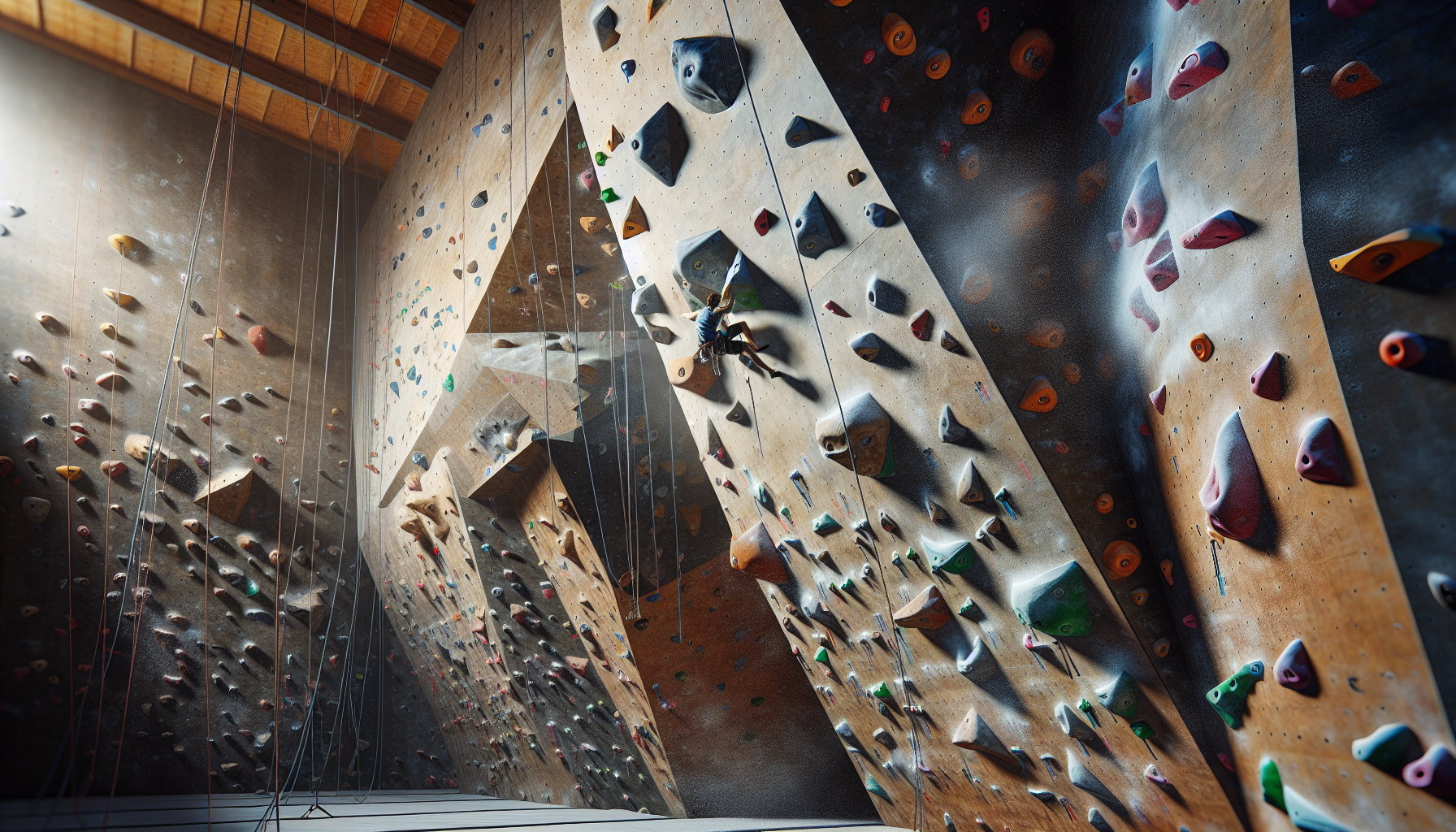
Engaging in rock climbing opens up a world of adventure for those eager to tackle new challenges.
Understanding what constitutes a suitable boulder problem is essential.
A true beginner’s challenge should be approachable, focusing on fundamental techniques rather than complex maneuvers.
Selecting the right environment is critical; choose locations with a variety of climbing routes that cater to different skill levels.
Effective body positioning and balance play a vital role in overcoming obstacles, making practice essential for improvement in bouldering techniques.
Incorporating visualization techniques into your training can enhance performance by mentally preparing you for the path ahead.
Prioritize safety by using the right gear and familiarizing yourself with safety practices during climbs.
Understanding Bouldering Techniques
Mastering the art of climbing not only requires physical strength but also an understanding of essential techniques. Effective body positioning is crucial for maintaining balance on a bouldering wall.
A climber must ensure their center of gravity is aligned over their feet to navigate each bouldering problem with precision.
The clever use of momentum can be the deciding factor in successfully completing challenging routes.
By harnessing momentum strategically, beginners can execute dynamic moves that conserve energy and enhance their performance. Grip types, such as crimping or pinching, play a vital role in ascent efficiency; the choice of grip significantly impacts how easily a climber can tackle various bouldering problems.
Mastering these fundamental skills not only boosts confidence but also encourages growth in any aspiring rock climbing enthusiast.

Essential Gear For Bouldering
Embarking on a climbing journey requires careful consideration of essential equipment tailored to personal preferences and skill level. Beginners often gravitate towards basic setups, while seasoned climbers may seek specialized items for tackling challenging problems.
Proper foot placement is vital, and selecting the right climbing shoes can enhance your performance significantly.
For those training indoors, breathable apparel is essential, ensuring maximum comfort during long sessions at the climbing gym.
In contrast, outdoor adventures demand a focus on durability and protection against the elements.
When managing hard problems outside, investing in high-quality gear becomes paramount. Utilizing crash pads offers vital safety by cushioning falls, allowing climbers to explore their limits with confidence.
Climbing Equipment
- Proper foot placement significantly enhances climbing performance.
- Breathable apparel is essential for maximum comfort during indoor training sessions.
- High-quality gear is crucial for tackling challenging outdoor climbing problems.
- Crash pads are vital for safety, cushioning falls and allowing climbers to explore limits confidently.
Developing Foot Placement Skills
Mastering the intricacies of foot positioning is essential for climbers seeking to increase their overall performance. The effectiveness of a climber’s footwork can significantly impact balance and energy management, especially when tackling harder problems.
Accurate foot placements allow for smooth transitions and increased stability on various footholds, particularly in demanding bouldering areas.
Every movement must be executed with purpose, as proper technique is vital at the crux of any ascent.
The difference between success and failure often hinges on precision in footwork.
Engaging in specific drills aimed at enhancing foot placement can aid boulderers in refining their skills, making it possible to conquer higher bouldering grades by improving control and extension in their movements.
Finding Local Bouldering Areas
Exploring new climbing destinations can significantly elevate your skills and enjoyment. Engaging with varied locations offers climbers the opportunity to solve the problem of technique challenges and to refine their approach to each part of a boulder problem.
Local climbing gyms serve as invaluable hubs of information, connecting you to those who know the ins and outs of nearby spots.
They frequently organize events where individuals can meet to share insights on the best places to climb and plan group outings.
Regional climbing clubs provide a platform for networking with experienced climbers, who might point you towards hidden gems in the area.
Utilizing online tools and apps can greatly enhance your search for potential sites. These platforms offer real-time condition updates and user-generated content, helping climbers stay informed about the best times to visit.
Before embarking on an adventure, always assess the safety of the terrain. It’s crucial to check for unstable surfaces, as climbing without proper precautions can lead to injuries, particularly to tendons and pulleys.
Remember to prioritize safety and respect the environment while seeking out fresh bouldering opportunities.
| Benefit of Exploring New Climbing Destinations | Supporting Resource |
|---|---|
| Enhances climbing skills | Local climbing gyms |
| Networking with experienced climbers | Regional climbing clubs |
| Access to real-time condition updates | Online tools and apps |
| Prioritizing safety | Assessing terrain stability |
Strategies For Tackling Harder Problems
Encountering significant challenges requires a thoughtful approach to navigate effectively. Understanding the unique aspects of each difficult problem helps illuminate the path forward.
By analyzing key features, you can break down the challenge into manageable sections, making the process feel less overwhelming.
Mental visualization plays a crucial role in this journey.
When climbers picture successful ascents, they prepare mentally for sequences and holds, making it easier to tackle more demanding routes.
Fostering a problem-solving mindset is vital, as it encourages persistence.
Learning to embrace failure as a chance to grow can lead to substantial improvements in your climbing skills over time.
In stressful situations, practicing breathing techniques can alleviate anxiety and enhance focus, especially during local bouldering or difficult climbs.
Keep in mind that working through incremental challenges can significantly help you improve when you transition to the next level on the v-scale.
Tips For Indoor Climbing Success
Success in this exciting sport requires a thoughtful strategy tailored to your environment. Understanding the various types of walls and holds at your climbing gym is crucial for anyone who has just started climbing.
New climbers should familiarize themselves with the layout to navigate routes effectively.
Setting clear goals is essential for improvement.
Define both short-term and long-term objectives that align with the SMART criteria: your plans should be specific, measurable, achievable, relevant, and time-bound to maximize progress.
Incorporating targeted strength training routines into your regimen can boost your performance significantly.
This type of movement strengthens climbing muscles, making you more adept as you tackle challenges ahead.
Confidence is vital when navigating routes. Begin with easier holds, and work your way towards the wall to gradually face more difficult climbs.
Regular practice is key to maintaining motivation and improving your skills.
Prioritizing safety practices is indispensable. Always adhere to established climbing safety protocols, ensuring your climbing gear is properly used during every session.
Climbing Success
- Understanding route layouts can enhance navigation skills and improve climbing efficiency.
- Setting SMART goals has been shown to increase motivation and lead to better performance outcomes.
- Targeted strength training can improve specific muscle groups used in climbing, resulting in increased capability on the wall.
- Regular practice and gradual progression foster confidence, which is essential for tackling more challenging climbs safely.
The Importance Of Route Reading
An effective approach to navigating climbing challenges can significantly enhance a climber’s experience. It maximizes efficiency and helps climbers often prepare for difficult sections ahead.
By assessing various parts of the climb, such as recognizing key holds, individuals can develop strategies to tackle hard routes.
Evaluating a climb harder involves understanding one’s personal climbing style, which aligns with individual strengths.
Mental visualization plays a crucial role as it allows climbers to practice movements in their minds, building confidence for sport climbing. This process aids muscle memory, enabling climbers to tackle rock faces with precision.
Effective techniques for assessment and visualization contribute to safer and more enjoyable climbing experiences.
Overcoming Crux Challenges
Navigating the demanding aspects of climbing can shape one’s journey both physically and mentally. Climbers often encounter psychological barriers that can manifest as fear or self-doubt, particularly in challenging scenarios.
To address these hurdles effectively, it’s crucial to pinpoint specific fears related to difficult sections of a climb.
Many gyms feature routes designed to enhance technical skill while also testing mental resilience, making practice an integral component of training.
Employing visualization techniques can assist in mentally rehearsing moves, which significantly lessens anxiety during climbs. Engaging with fellow climbers provides valuable support, allowing for the exchange of tips to improve arm strength and boost confidence.
Keep in mind that even the toughest V8 routes demand a reasonable level of mental toughness and resilience to navigate successfully.
| Climbing Aspects | Importance |
|---|---|
| Psychological Barriers | Fear and self-doubt can hinder performance |
| Technical Skill Development | Gyms provide routes for enhancing skills and mental resilience |
| Visualization Techniques | Helps in mentally rehearsing moves to reduce anxiety |
| Support from Fellow Climbers | Encourages sharing tips and building confidence |





